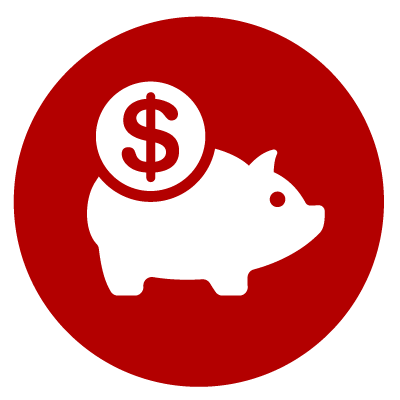Try Top-Down Budgeting for Less Stress, Better Results

A simple top-down budgeting plan helps you focus on three main budget categories to visualize your expenses, give you flexibility, and keep you motivated along the way.
Keep going, even if your essentials take up more than 50% of your income. A true 50/30/20 budget can take time to achieve, so you may have to adjust the percentages until you’re closer to meeting your goals. Small steps today can have a positive impact on your finances.
Build a Budget You Can Live With
Now that you have an idea of how to categorize your expenses, it's time to start building your budget. We've created a convenient 50/30/20 budgeting worksheet to help you get started.
- Get Inspired: Jot down some short- and long-term goals that are most meaningful to you and how building your budget can help you achieve them.
- Gather Your Expenses: Create a list of your current monthly expenses using your bank and credit card statements if needed.
- Assign Your 50/30/20: Separate your expenses into the three spending categories: 50% essentials, 30% wants or 20% savings, to get a clear picture of where your money is going. Since your essentials aren’t optional, review which wants and savings are the most under or over budget. Continue down your monthly expense list to see where you can trim to meet your budgeting goals better.
Putting Your Budget Into Practice
Don't be surprised if you need to reevaluate after several months; budgeting is a marathon, not a sprint. Continually make changes as you find what works for you and as your priorities change.
The budget you end up with may look different from your friends’, but if it works for you, that's all that matters. The budget that's going to get you to your goals in the long run is the one that you're motivated to keep following.
If you need help getting started, an experienced banker can help you better understand your financial habits with a Key Financial Wellness Review.


